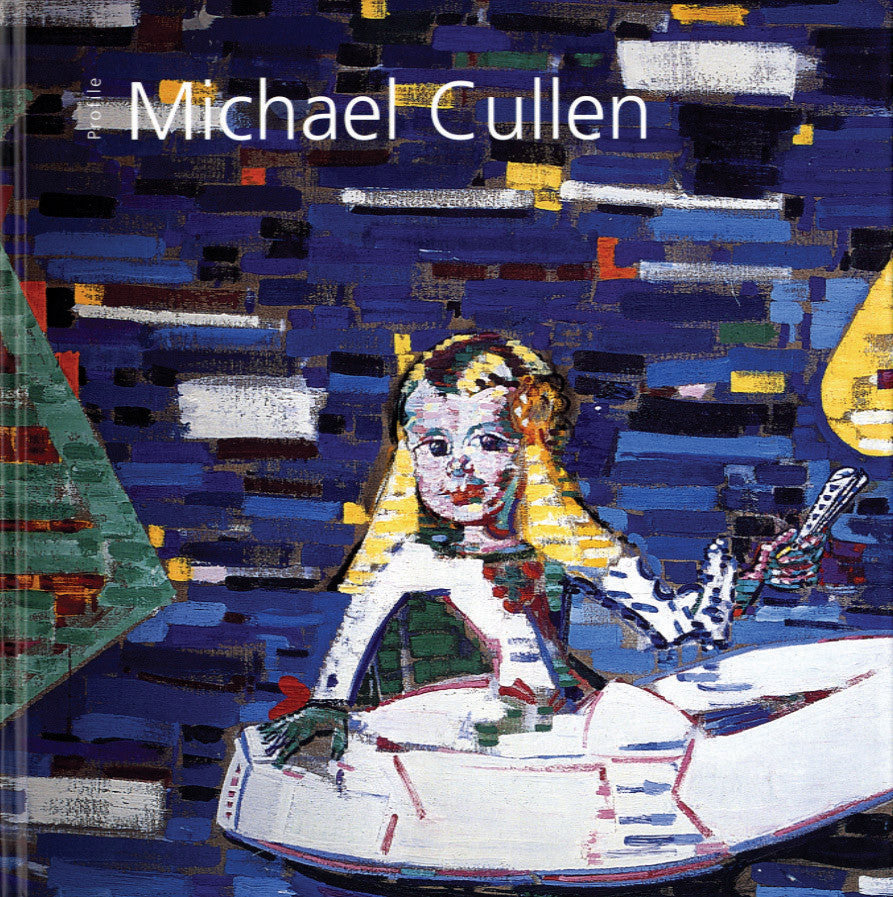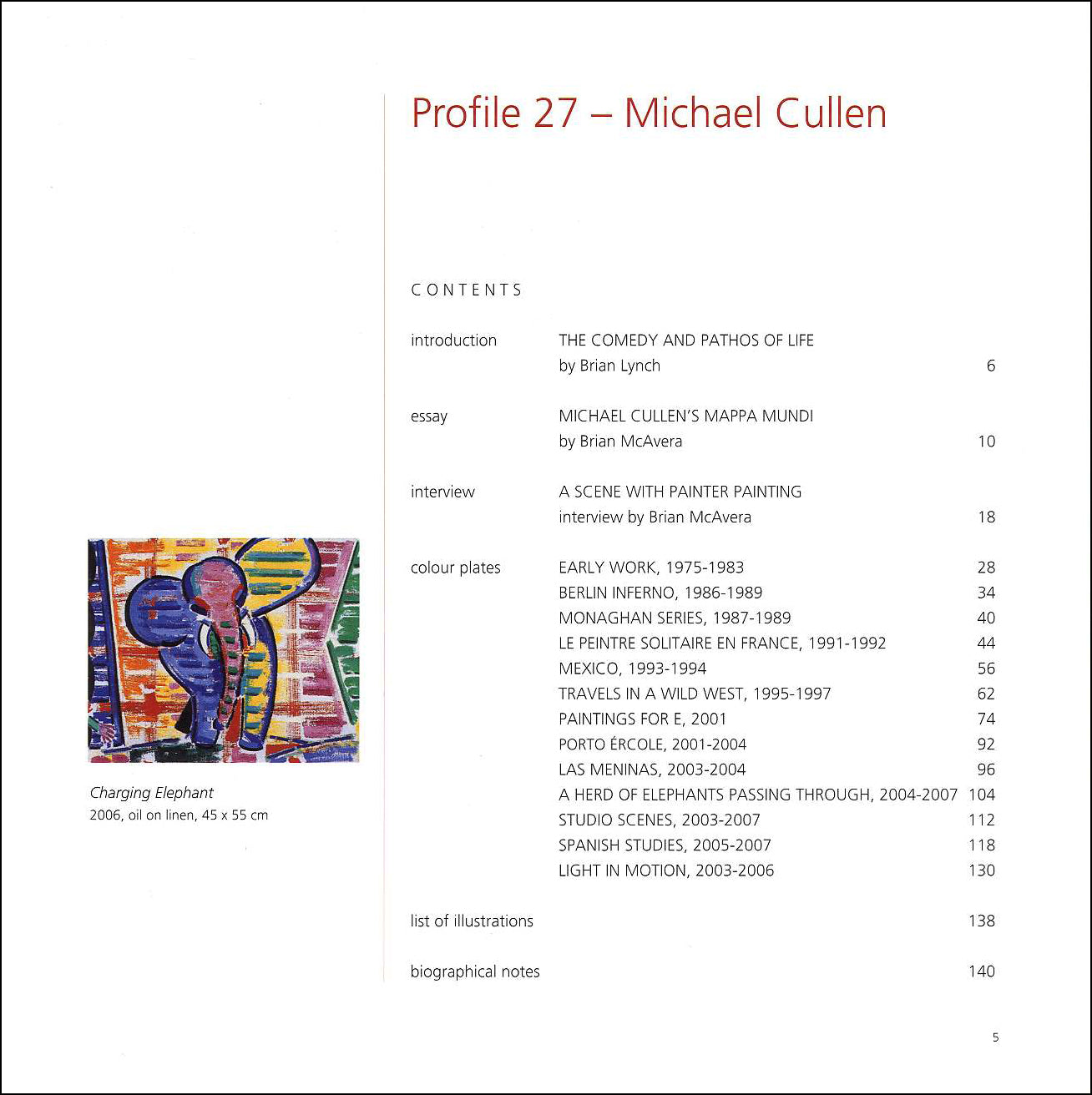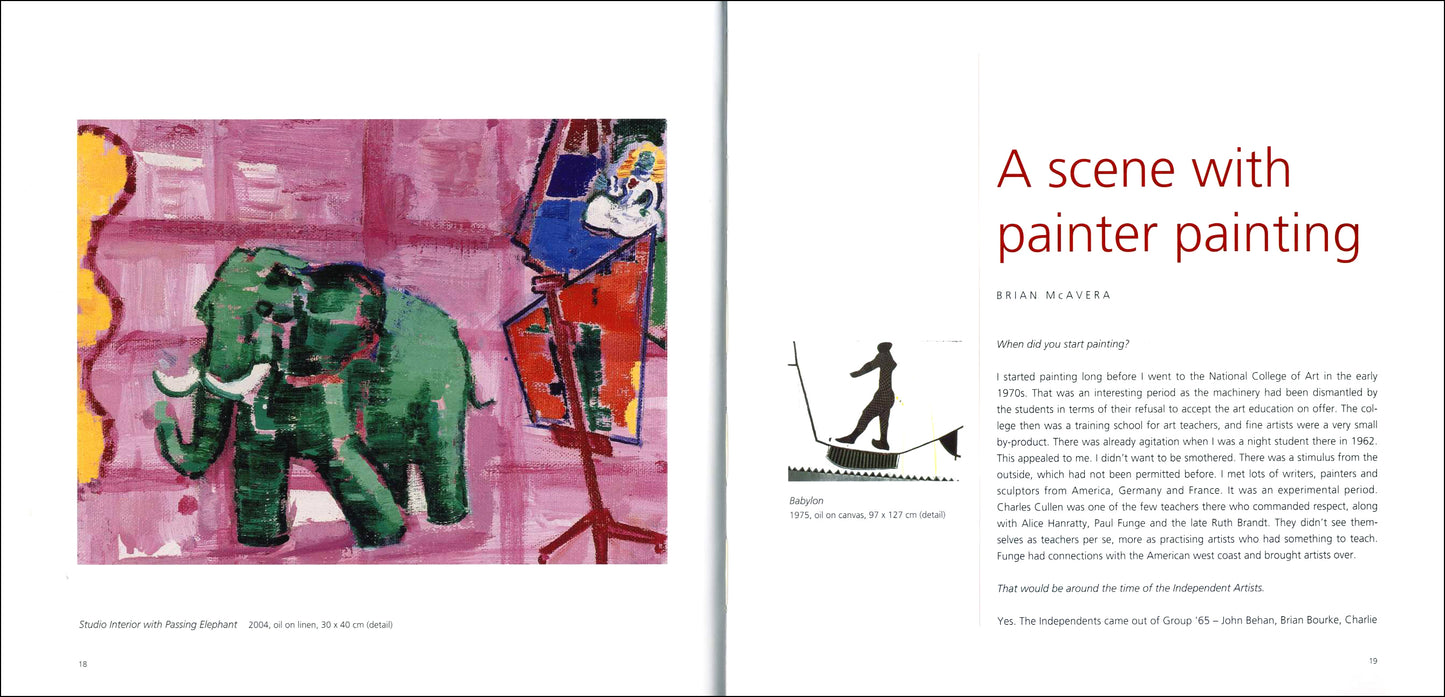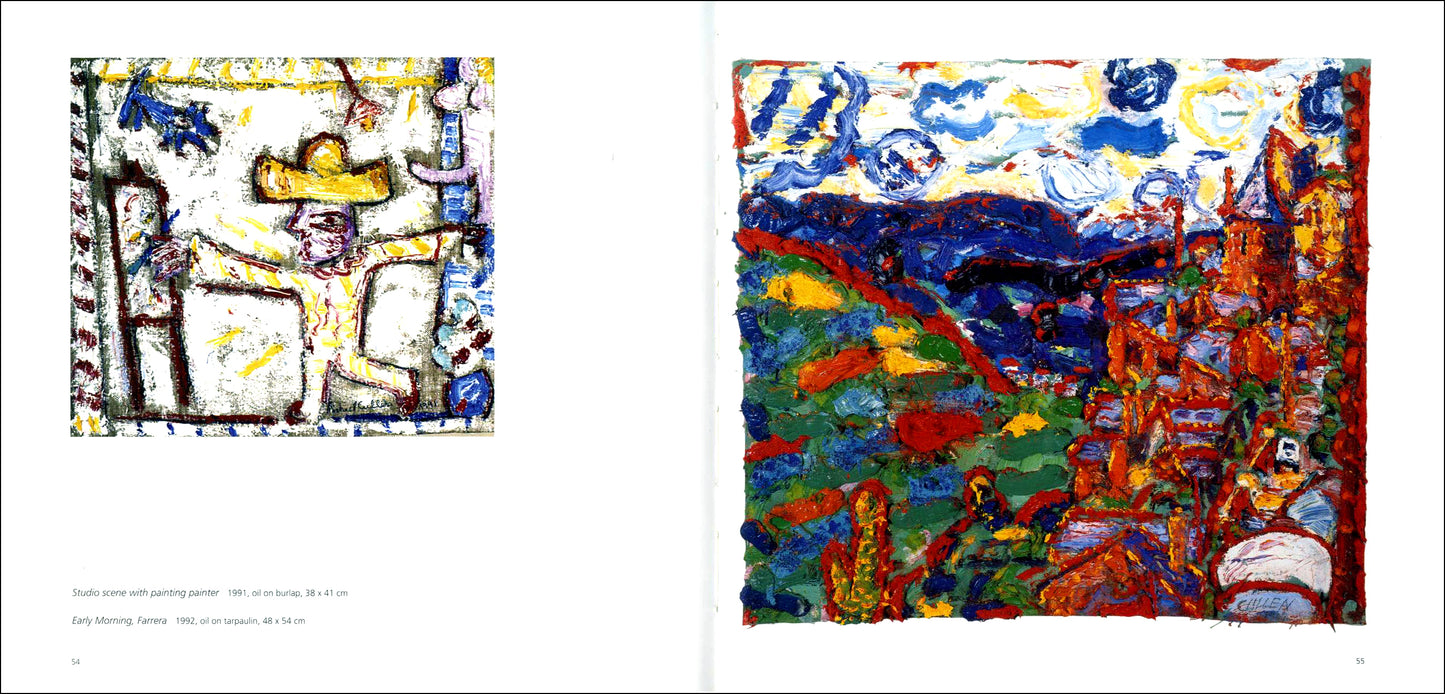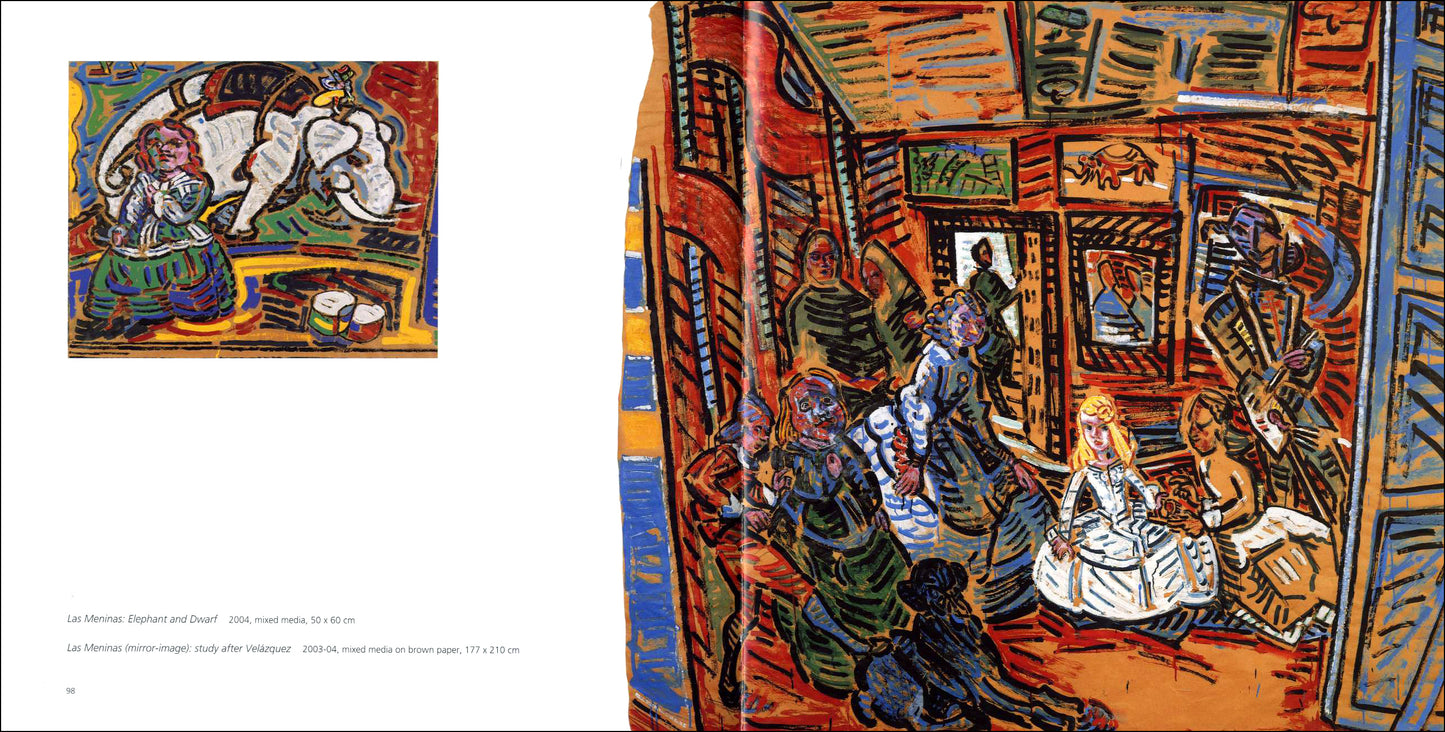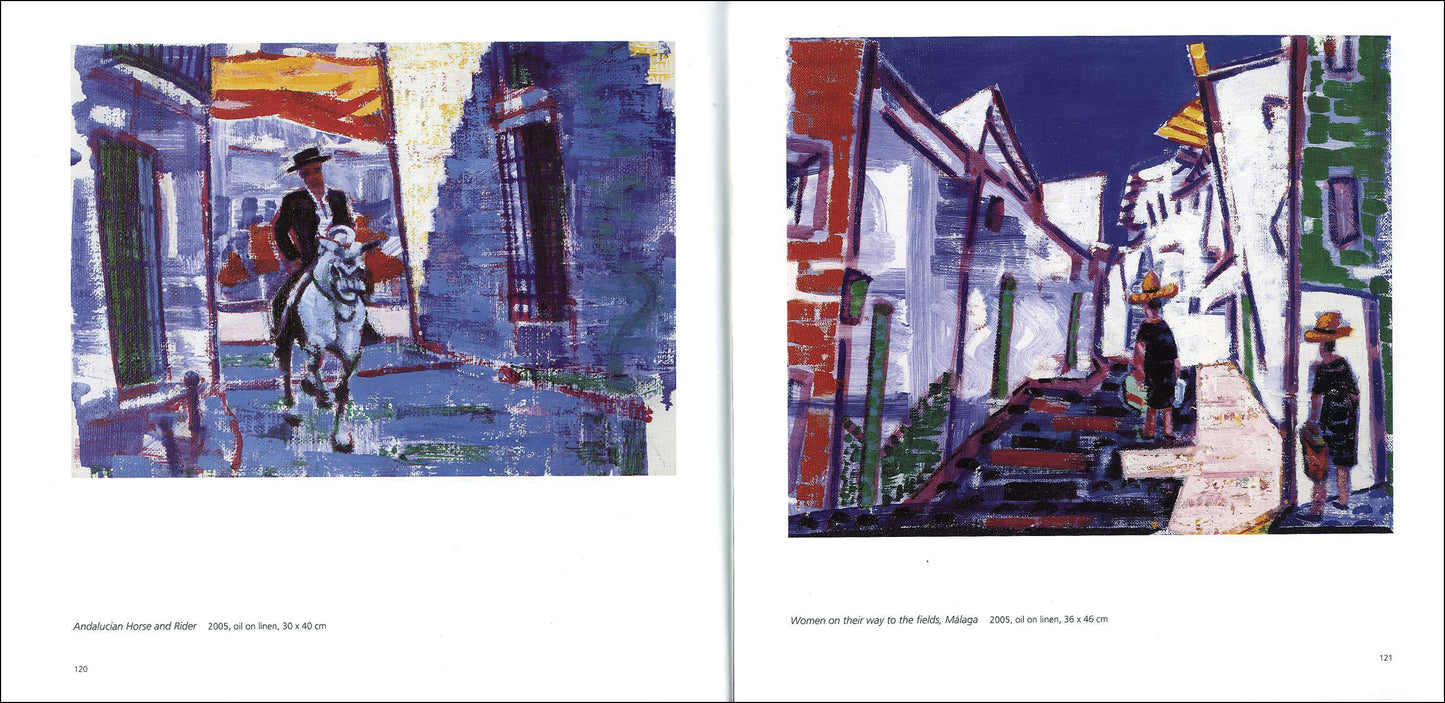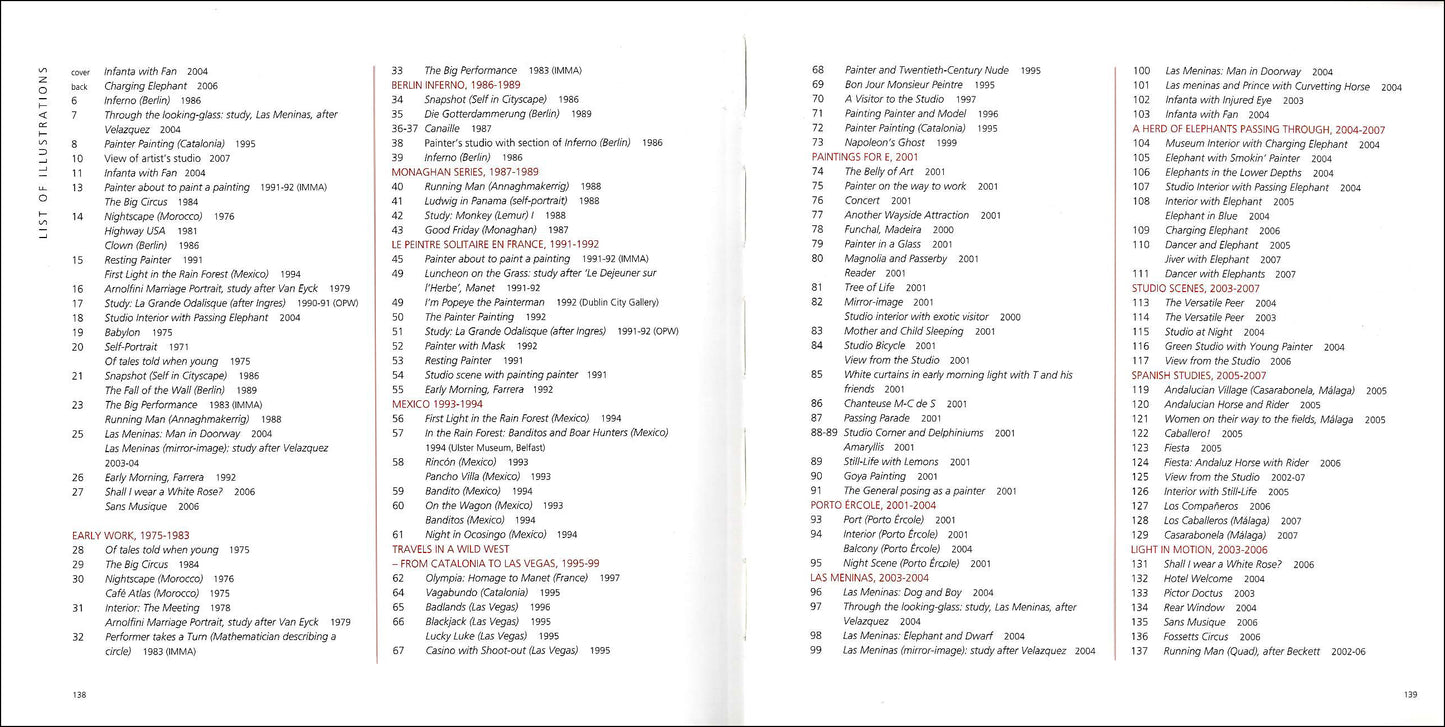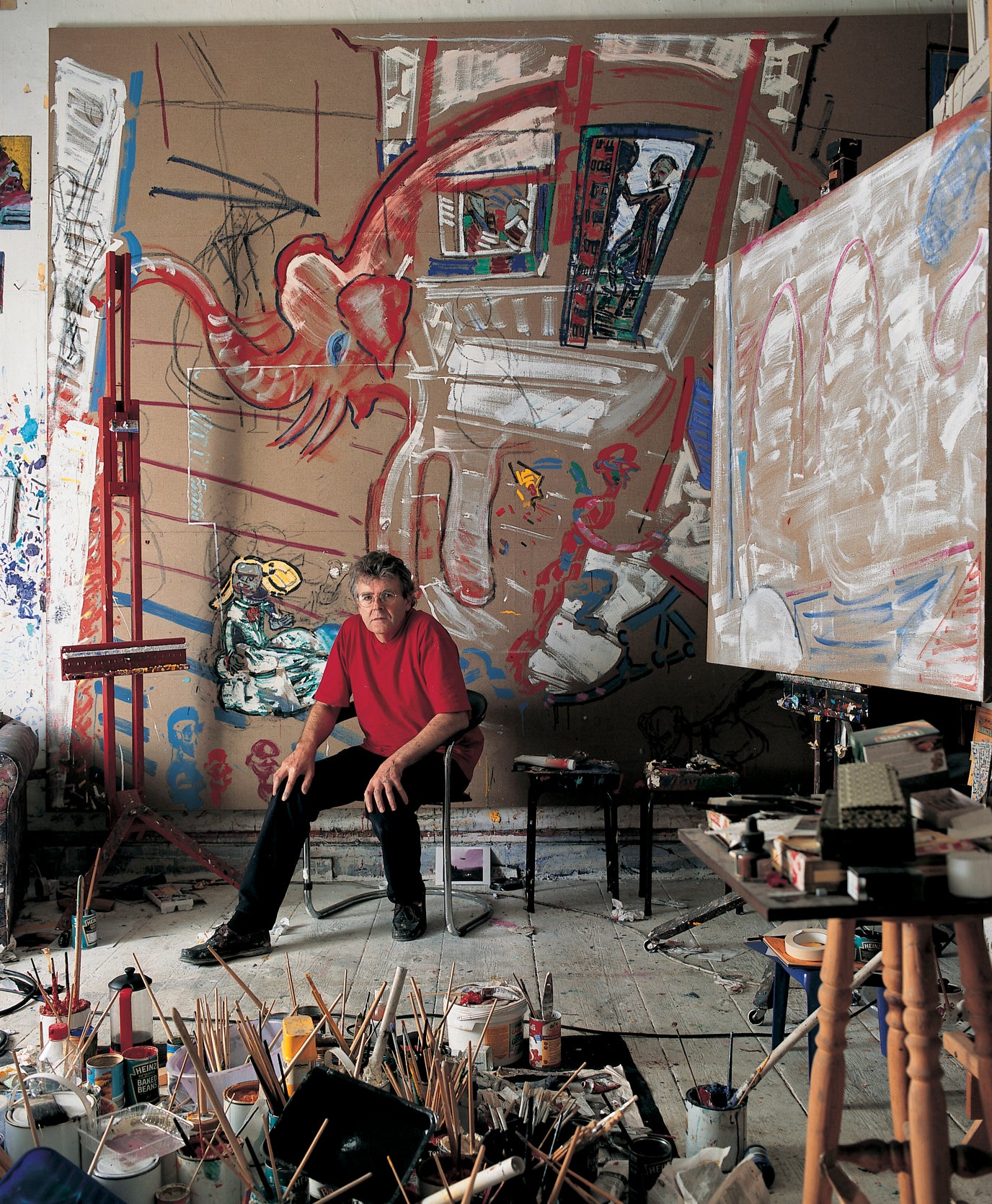Gandon Editions
Profile °27 – MICHAEL CULLEN
Profile °27 – MICHAEL CULLEN
Couldn't load pickup availability
Share
essays by Brian Lynch, Brian McAvera; interview by Brian McAvera
ISBN 978 0948037 535 144 pages (hardback) 22.5x22.5cm 147 illus
new hardback format, with much larger pagination
This book is a retrospective exploration of the work of painter Michael Cullen. It features an in-depth essay and extensive interview with the artist.
EXTRACTS
"For a painter who is by and large concentrated on the most primitive passions – or rather those, like sex, least amenable to being civilised – Cullen is devoted to the pleasures of art for its own sake, or rather as a moral alternative to chaos. His work is richly veined with allusions, and he celebrates them in variations of great improvisational skill and ingenuity. He has also opened himself to the beauty of existing things, not least the thingness of paint. There is often in his work now, especially in his use of pure white, a kind of glorying in the substance, which produces an atmosphere that is at once dense yet airy, sun-struck yet cool, even skin-pricklingly cold, as refreshing as ice-cream. A late deliciousness is one of the surprises of Cullen’s development as a painter. Does all this mean that the original fever has abated? As well as being remarkably courageous and ambitious, Cullen and his work have never ceased to evolve. It may be that the element of confrontation is less full on, less reckless (which, anyway, comes with age). If so, it hasn’t at all diminished. He is plainly at the height of his powers. And there is more to come."
— from the introduction by Brian Lynch
"Cullen’s paint is also a palpable presence. If one looks at the figure of Velazquez himself, which is on the right of the image, there’s a wodge of blue paint so thick that it is starting to levitate off the canvas. Many of the more linear down-strokes disgorge blobs of paint en route which stick to the canvas like burrs. The red crucifix which hangs down from Velazquez’s chest has ridged up into three-dimensionality, and, generously, the yellow area to the left of the second painter in this reworking, a contemporary painter conspicuously and suspiciously like a version of Cullen himself, is, literally, highlighted by having strips of painted paper stuck onto it. The eye roves elsewhere for a second and catches sight of a postcard pinned to the wall. It is of a 1625 Indian painting which is highly patterned in bright colours. The female figure in it is schematised into curving bands or striations of black, white and blue across broad expanses of otherwise flat paint, and is contained by linear outline. Translate the thin outline into a thicker one and you could almost have a description of a Cullen."
— from the essay by Brian McAvera
"I’ve always liked the commedia dell’arte, though I imagine that you as a playwright would know more about it than I would. I’m not terribly familiar with its history, but I like the visual elements of it. There’s a nice scene in the film Death in Venice where the clowns rush into the hotel, do a number, and are chased out again; it has appeared in one my paintings. Probably it goes back to the humour thing as well. It’s cliché material, shortcuts to expression. The commedia concentrates on the vanity of life, its aspirations and magical aspects. I’ve never investigated it too strongly though. The comic figures of Pierre Longhi and Watteau come to mind, and Cézanne’s Harlequin. Picasso, I understand, in his early life identified with the Harlequin. Both he and Apollinaire between themselves made a lot of play with aspects of the commedia...
You know what laughter really is? It’s an expression of fear. Fear is the strongest, most overriding emotion. A lot of the time we are racked with fear, and laughter is the only release. I find that I can’t paraphrase all my experiences verbally. I’m always full of admiration for a good writer who can express profundities with panache and facility. For me to try and explain about humour... Well, it comes when you inadvertently say something that turns out to be funny. It comes out of the blue. Often it’s to alleviate the sense of dread that is so pervasive in life. I never intended humour to have any part in what I do or say. It’s off the cuff. I’ve no intention of being funny in painting, yet it appears that way. To be serious is one thing, to be funny is another. To be able to play, however, that’s a serious act. Children rehearse their later adult roles in play. You have to enjoy what you do."
— Michael Cullen in conversation with Brian McAvera
|
CONTENTS THE COMEDY AND PATHOS OF LIFE introduction by Brian Lynch 6-9MICHAEL Early Work, 1975-1983 List of illustrations / Biographical notes |
